How Many Kitchen Outlets on a 20 Amp Circuit? Striking the Right Balance
As a homeowner, understanding the electrical circuits in your home is crucial for both safety and convenience. When it comes to the kitchen, where a multitude of appliances and devices are in constant use, knowing how many outlets are safe to install on a 20-amp circuit is vital.
The National Electrical Code (NEC) recommends that you should not connect more than 10 outlets on a 20-amp circuit. This is to follow the 80% rule, which states that you should never load a circuit to more than 80% of its capacity. This is to prevent the circuit from overloading and tripping the breaker.
However, the actual number of outlets you can have on a 20 amp circuit will depend on the wattage of the appliances you plan on plugging into them. For example, if you have a lot of high-wattage appliances, such as a dishwasher, microwave, and coffee maker, you may need to have fewer outlets on the circuit.
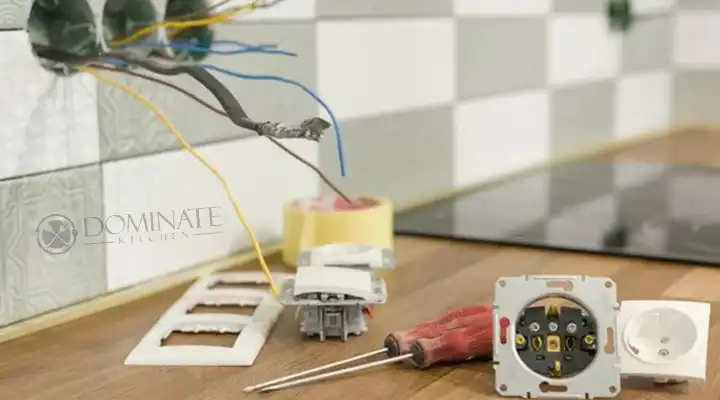
Kitchen Outlets on a 20 Amp Circuit: The 80% Rule
A 20-amp circuit is a common choice for powering various parts of your home. However, it’s essential to clarify that the number “20” in a 20-amp circuit doesn’t necessarily denote a continuous current flow of 20 amperes. Instead, it represents the circuit’s maximum capacity, indicating how much power can safely pass through it.
The NEC stipulates that the total load on a 20-amp circuit should not exceed 1250 watts, encompassing all outlets, lights, and appliances connected to the circuit. This limitation is enforced to prevent overheating, potential electrical hazards, and the dreaded tripped breaker that can disrupt your daily activities.
The Number of Kitchen Outlets Can Connect to a 20 Amp Circuit
When planning how many outlets you can place on a 20-amp kitchen circuit, you should know how to calculate the total load. The formula for this is simple: Amps x Volts = Watts. In most US homes, the standard voltage is 120 volts. With a 20-amp circuit at 120 volts, you theoretically have a total capacity of 2400 watts.
In theory, you could run up to 13 devices each drawing 1.5 amps on this circuit, totaling 19.5 amps. However, in practice, maxing out the 20-amp circuit is not advisable. It can lead to other devices not receiving sufficient power to operate effectively and potentially cause frequent breaker trips. This is why the NEC recommends adhering to the 80% rule.
Adhering to the 80% rule is crucial when dealing with electrical loads, especially if you’re using a load of 1.5 or any specific amount. This rule recommends not using more than 80% of a 20-amp circuit’s capacity, which amounts to 16 amps or 1920 watts on a standard 120V system.
In practical terms, this means you should aim for a maximum of around ten receptacles on a 20-amp circuit. This calculation is based on the formula: 16 amps divided by 1.5 amps per device, which equals roughly 10.67 devices. Following this rule helps prevent overheating and ensures the safe and efficient functioning of your electrical circuits.
Common Kitchen Appliances and Their Wattage
To better grasp the practical implications of the 80% rule, it’s essential to consider the wattage of common kitchen appliances –
- Electric kettle: 1500-2000 watts
- Dishwasher: 1200-1800 watts
- Toaster: 900-1200 watts
- Microwave: 700-1500 watts
- Coffee maker: 1000-1500 watts
- Blender: 500-750 watts
These figures clearly show that even a few kitchen appliances can quickly approach or exceed the 1250-watt limit on a 20-amp circuit. Therefore, it’s crucial to plan your kitchen’s electrical layout wisely.
NOTE: In light of the 80% rule, it’s evident that a single 20-amp circuit may not suffice for a kitchen with numerous appliances. To ensure the safe and efficient operation of your kitchen, consider upgrading to a higher amperage circuit. This could mean installing additional circuits or dedicating circuits to specific high-wattage appliances, such as an electric range.
Reducing the Load on Your Kitchen Circuits
To mitigate the load on your kitchen circuits and avoid potential electrical hazards, consider these practical tips –
- Plug multiple appliances into a single outlet using power strips to distribute the load more evenly.
- When appliances are not in use, unplug them to reduce the standby power consumption and free up circuit capacity.
- If you regularly experience overloads, consult an electrician about upgrading your circuits or installing additional outlets.
Bonus Tips
In a kitchen, safety is paramount. This is why the NEC mandates Ground-Fault Circuit Interrupter (GFCI) outlets in kitchens and other areas where electrical shock risks are prevalent. GFCI outlets include built-in safety features to prevent shocks and fires.
For new homes or renovations, Arc-Fault Circuit Interrupter (AFCI) outlets are also required. AFCI outlets can detect and interrupt arcing faults, a common cause of electrical fires.

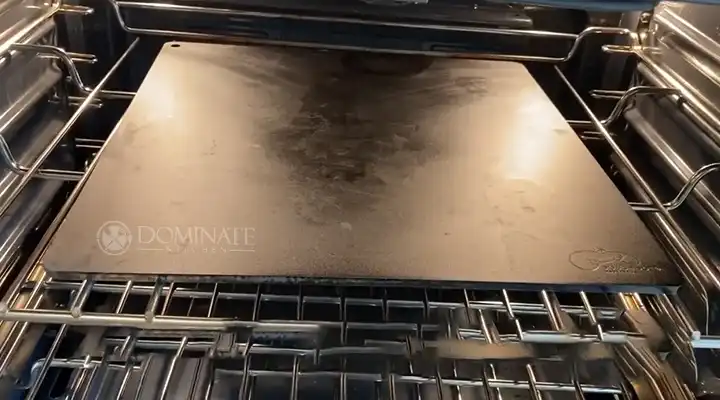
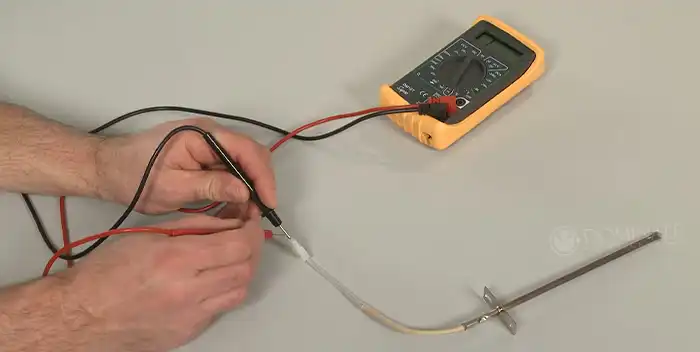
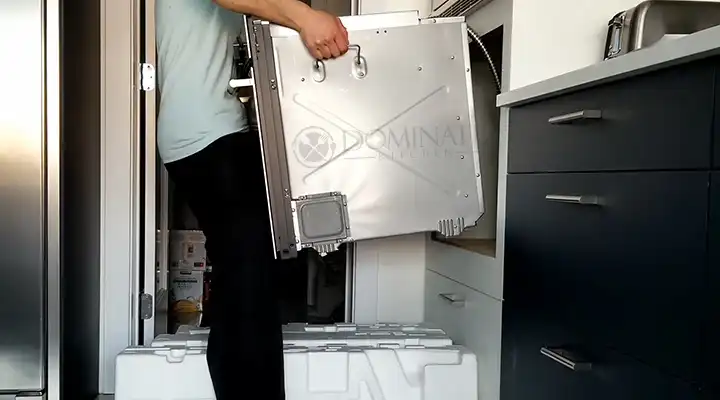
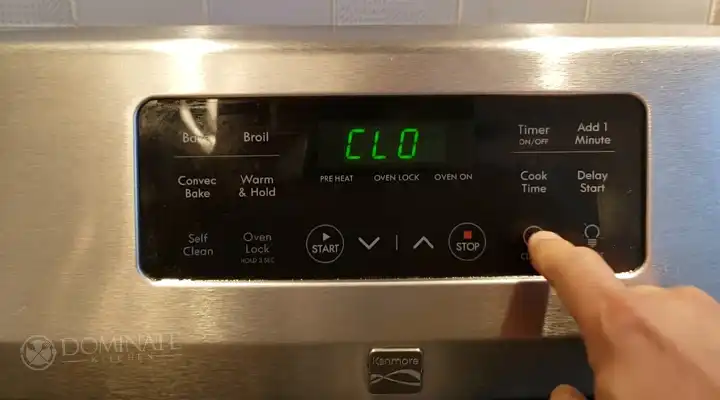

![How to Measure Cubic Feet of Microwave? [ANSWERED]](https://www.dominatekitchen.com/wp-content/uploads/2023/09/How-to-Measure-Cubic-Feet-of-Microwave.webp)
